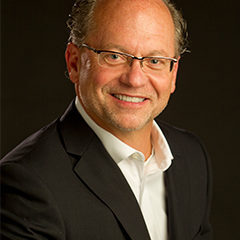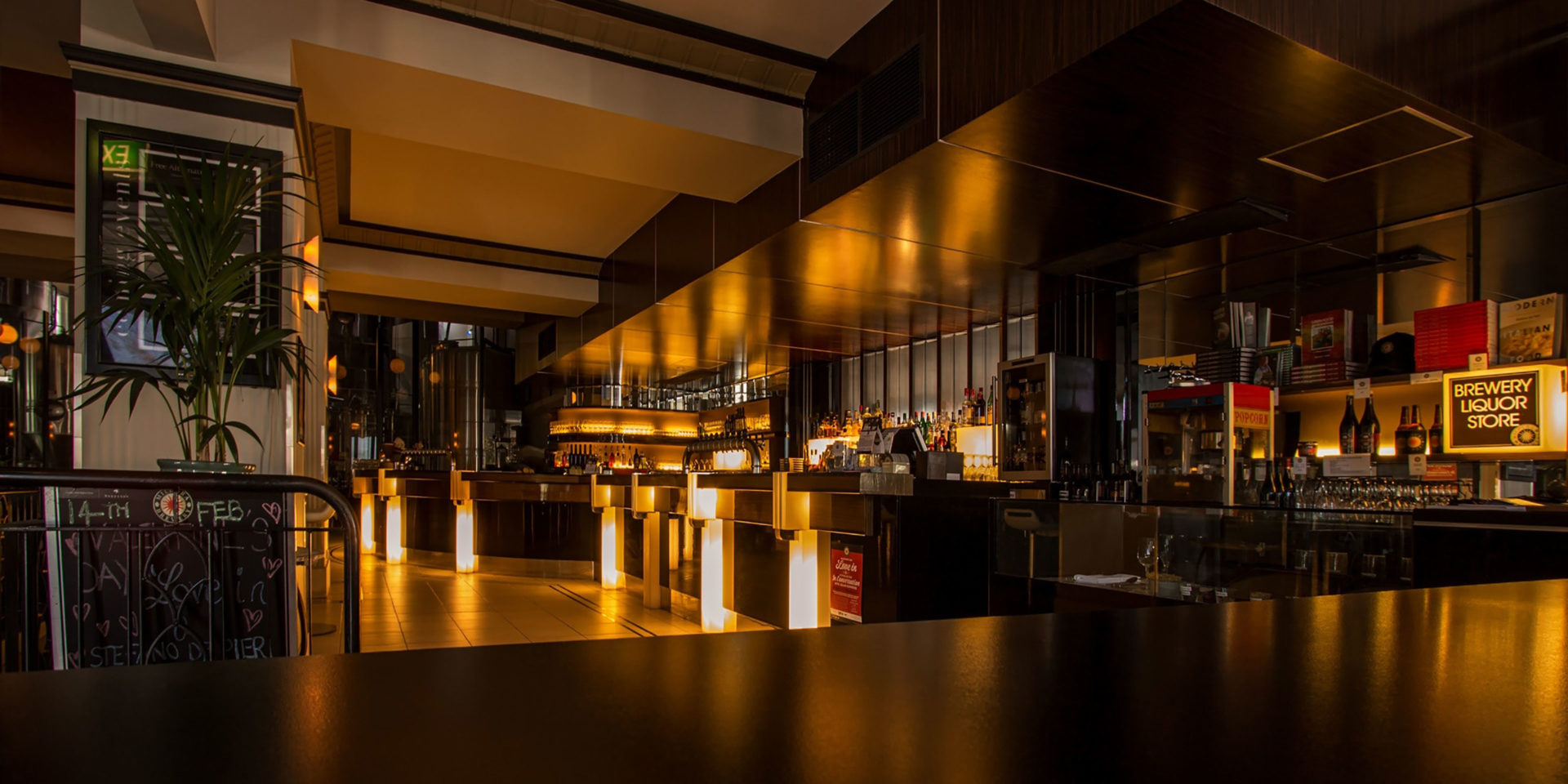Are Non-Gaming Amenities the Next Step for Retaining and Growing Your Customer Base?


What amenities (if any) drive gaming revenue?
Just because gaming revenues are falling in Vegas and non-gaming revenues are going up, does this mean that adding in non-gaming amenities will work across different markets? And do you need to add in non-gaming amenities to capture future gamers? Are there amenities that will drive players?
Recently, we caught up with Raving Partner John Stewart, Owner/CEO/President of Encompass Develop, Design & Construct, LLC, about this topic.
See, John is typically at the forefront of this discussion, as his company does everything from initial amenity studies, to help with financing and the actual build. Well, he likes to be. Sometimes casino investors jump the gun with new development or refurbishment, before they have all the information that they need.
So, here’s the deal. When is it time for your casino to make its next investment into a non-gaming amenity? What questions need to be asked before any ground is broken? When does it make sense to add in a hotel tower? Will an outdoor entertainment venue work with your demographic? Will a new restaurant or a brewery encourage new players? What about a golf course or an arcade – are those loss leaders, or just losers? Are non-gaming amenities critical for growing a new customer base or retaining an existing one?
Raving: If there was one piece of advice that you wish casinos would take from you before they expanded or added to their resort, what would it be?
John: Know your customers and potential customers. Research your options and find out everything you can possibly know about the amenity that you think your customers will “love.” When we partnered with a southern racecourse to convert their existing, failing buffet into a successful restaurant, they were sure that high-end was the way to go. We insisted on surveying their customer base before pulling the trigger. We invited their most frequent customers to the track, and offered them a free meal in exchange for a survey about what kind of food offering they would like to see added to the facility. Come to find out that they wanted a casual dining experience with local flavors and local ingredients. The restaurant has been a success ever since. Ask your customers; they know what they want.
Raving: Research plays a huge role with your clients. Explain the different types of studies that you recommend doing before a casino starts down the new construction road.
John: Feasibility and market studies are extremely informative, but they are also very costly, so don’t spend your money until you know that you have a concept that’s worth the spend. A lot of valuable information can be gained by doing some high-level research before diving deep into the ROI numbers. Talk to and get input from those in the industry who are working on this concept, have researched it, and know what works with others.
As I mentioned before, survey your customers; they are your best market resource. Simply ask them if they would visit more often if you had a pool, a golf course, or another food offering. Know what your competition is doing. Mississippi recently added a requirement for new properties to have a “unique amenity” that will add to tourism and visitors in the region. Obviously they did this to set Mississippi apart from its neighboring states that already have, or will eventually, add gaming. They want to draw all ages. How do you do that? You brainstorm, you ask questions, you understand. Once you get a handle on what will work from the high-level research, then it’s time to dive deeper with the feasibility and market studies.
Raving: What amenities have you seen attract or retain gambling customers?
John: Well, some amenities are driven by necessity. For instance, take smoking bans. We’ve built a number of outdoor smoking gaming patios. One even has outdoor table games. The slots in most of these venues have a coin-in 2 to 3 times higher than that of inside machines. We also built one that has a bar, and all have heaters or air conditioning. If you are thinking about implementing non-smoking, then you should consider these spaces. Also, we are working with a couple of properties that have over 80% occupancy on weekdays and are booked solid on most weekends. They are not meeting the needs of their current customers, and are turning away good players, so we are looking into expanding their hotels. It may seem obvious, but with a good, solid study, you can almost guarantee that results will be positive if other factors remain the same.
Raving: What amenities work for introducing gambling to a newer generation?
John: It seems that this is the hot question. The answer is … well, different in different areas. But most involve being around others in a group setting. Amenities like nightclubs, pools, concert venues, escape rooms, and games/activities that you might find on a cruise ship. With gaming, it’s all about the social games that can be played with or against each other, or the games of skill, like shooting hoops, racing a car, or virtual games of skill that are beginning to surface. Millennials spend a lot of time interacting from a distance on their phones and apps, but when it comes to entertainment, we find that this generation prefers real social interaction and competition, so slot machines just won’t cut it.
Raving: What amenities have a high return from non-gaming clientele?
John: One thing we have noticed is that the resort customer is too frequently overlooked. These non-gaming customers who are paying full price for a room, may game a little, but will eat in restaurants non-comped. They use the spa at full price and shop in stores. Among these, a small spa can have a moderate return. Also, things like virtual golf games, which take up little space, have smaller capital investment and low operating costs, can also have great returns. Again, there are many variables, but asking these customers is a great place to start.
Raving: Are there any amenities that are loss leaders that are worth considering?
John: Buffets adjacent to the gaming floors can attract numbers, but the food quality has to be great. Hotels are always something to consider. They are typically not direct money makers. I encourage everyone to study these, and look at all of the potentials. If they will work as a stand-alone and make money, they will work for a casino. The best performing Pizza Hut in the U.S. is in a casino. So take something that works without gaming, and add more customers and gaming. It’s usually a great combo.






